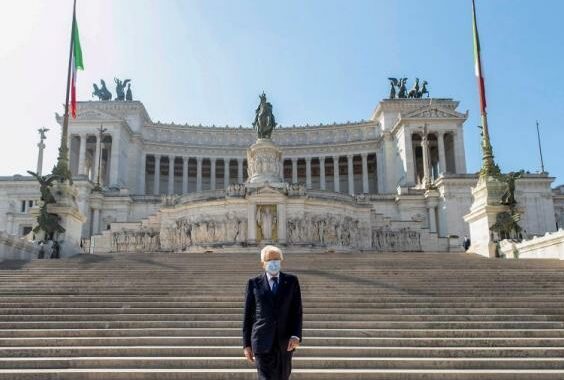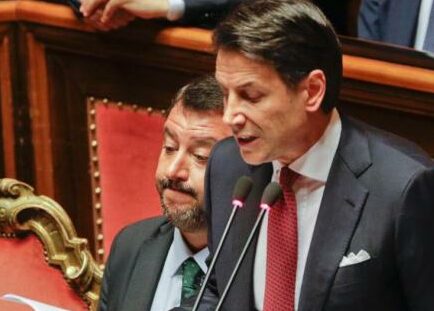January 28 According to a European Union News Agency quoted by the European Network, after Italian Prime Minister Conte recently submitted his resignation to President Matarella, Matarella met with the Senate, the Speaker of the House of Representatives and the leaders of various political parties at the Palace of Quirinale on the 27th local time to consult on the re-establishment of the cabinet.
Analysis suggests that Conte is likely to be authorized for a third time to form a new coalition government.
According to reports, Zingaretti, chairman of the Italian Democratic Party, said that the Democratic Party agreed and asked Matarella to appoint Conte to form a cabinet and rely on a broad parliamentary basis to form a new pro-EU coalition government.
According to a new poll released by Italian National Radio 1, 56% of the respondents believe that it is very inappropriate to trigger a political crisis during the current special period of history.
About 40% said they hoped that Conte would form a third government to solve the current crisis; 20% hoped that the government could form a broader political union and welcome a new prime minister.
The previous Italian coalition government consisted of the Five Star Movement Party, the Democratic Party, the Vitality Party, and the Freedom and Equality Party.
The withdrawal of the Vitality Party forced the Conte government to lose its majority in the Senate and fall into a ruling crisis.
Although the Conte government won a vote of confidence in the Senate by 156 votes to 140 against and 16 abstentions on the 19th, he still lacks an absolute majority of support in the Senate, and may be difficult to implement the decree.
In the face of the crisis, Conte must seek other political parties or independent parliamentarians to join the coalition government to fill the seat gap caused by the withdrawal of the vitality party parliamentarians and stabilize the majority of governance.
However, the preliminary consultations failed to achieve satisfactory results, and Conte had to submit his resignation to President Matarella.

According to the report, Matarella is Conte’s credible pro-European political ally.
In August 2019, Conte also resigned as Prime Minister due to the crisis of the ruling coalition, and Matarella subsequently authorized him to form a cabinet again to establish and lead a new coalition government.
This time, just after Conte submitted his resignation, the Italian presidential palace issued a statement saying that Matarella reserved the right to decide and asked the current government to temporarily continue to deal with daily affairs.
According to the analysis of politicians, according to the statement of the presidential palace, Matarella has not officially approved Conte’s resignation.
Well, the future options are nothing more than a few: first, the president can reject Conte’s resignation and demand that the coalition government continue to govern; second, authorize Conte to form a new government; third, if Conte fails to form a cabinet, the president will appoint a technical government and hold early general elections.
Analysis believes that everything at present shows that Italy will not hold general elections ahead of schedule. First of all, neither the pandemic nor the economic situation allows it.
In addition, if the election is held early, the right-wing forces may come to power, which will threaten Italy’s political situation and the stability of the euro area. Now, Italy’s top priority is pandemic prevention and economic recovery, and government stability is crucial.



